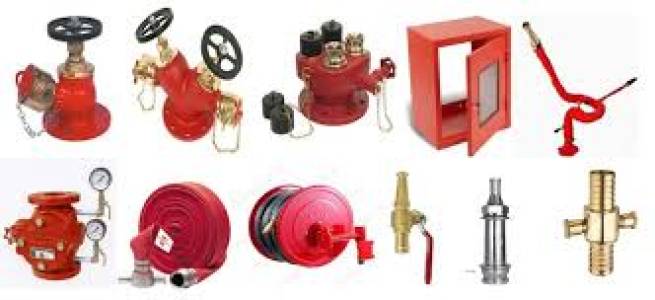
This document details the crucial requirements for the design, installation, and maintenance of effective hydrant systems, essential for fire protection and life safety. Understanding these requirements is paramount for building owners, facility managers, fire safety professionals, and contractors involved in the planning and execution of fire protection strategies.
I. Defining the Need:
Hydrant systems are critical components of fire suppression strategies, providing a readily accessible water source for firefighting efforts. Their necessity is determined by several factors, including:
II. Key Requirements:
Successful hydrant system implementation requires adherence to several key requirements: